Dung Anh Hoang
Maximising the Utility of Validation Sets for Imbalanced Noisy-label Meta-learning
Aug 27, 2022
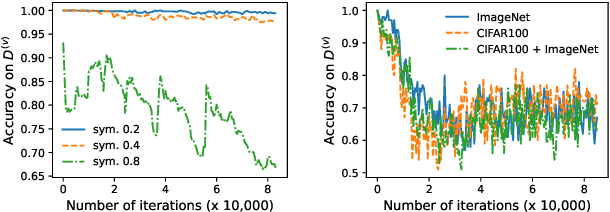
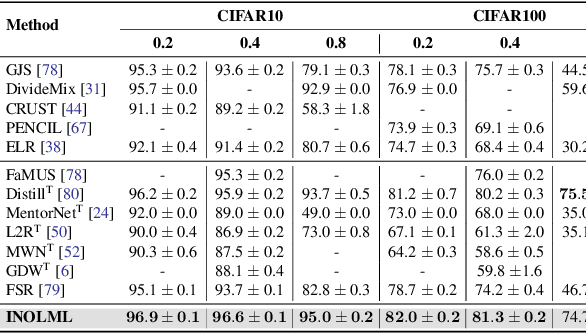
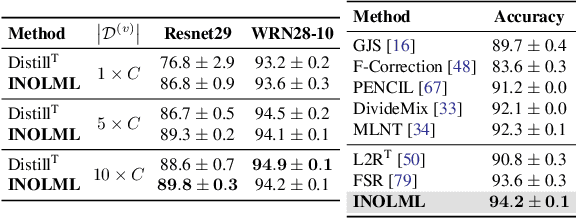
Abstract:Meta-learning is an effective method to handle imbalanced and noisy-label learning, but it depends on a validation set containing randomly selected, manually labelled and balanced distributed samples. The random selection and manual labelling and balancing of this validation set is not only sub-optimal for meta-learning, but it also scales poorly with the number of classes. Hence, recent meta-learning papers have proposed ad-hoc heuristics to automatically build and label this validation set, but these heuristics are still sub-optimal for meta-learning. In this paper, we analyse the meta-learning algorithm and propose new criteria to characterise the utility of the validation set, based on: 1) the informativeness of the validation set; 2) the class distribution balance of the set; and 3) the correctness of the labels of the set. Furthermore, we propose a new imbalanced noisy-label meta-learning (INOLML) algorithm that automatically builds a validation set by maximising its utility using the criteria above. Our method shows significant improvements over previous meta-learning approaches and sets the new state-of-the-art on several benchmarks.
A Spacecraft Dataset for Detection, Segmentation and Parts Recognition
Jun 15, 2021
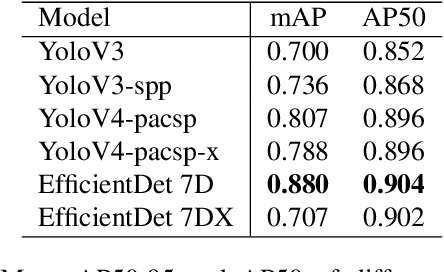
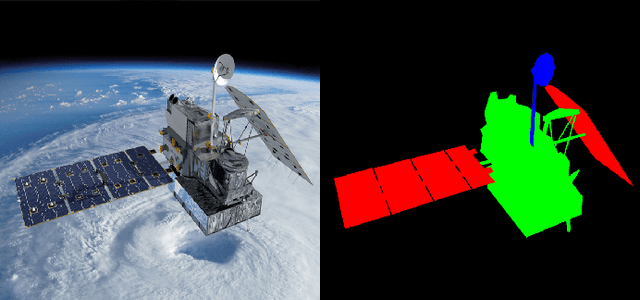
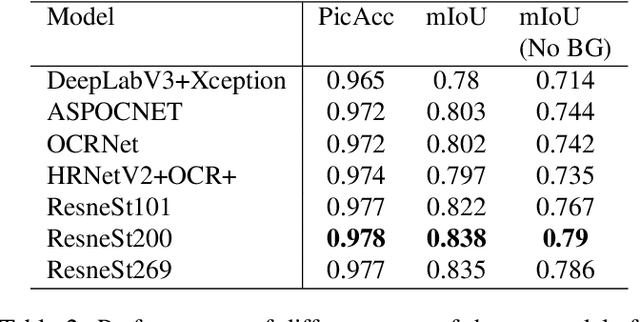
Abstract:Virtually all aspects of modern life depend on space technology. Thanks to the great advancement of computer vision in general and deep learning-based techniques in particular, over the decades, the world witnessed the growing use of deep learning in solving problems for space applications, such as self-driving robot, tracers, insect-like robot on cosmos and health monitoring of spacecraft. These are just some prominent examples that has advanced space industry with the help of deep learning. However, the success of deep learning models requires a lot of training data in order to have decent performance, while on the other hand, there are very limited amount of publicly available space datasets for the training of deep learning models. Currently, there is no public datasets for space-based object detection or instance segmentation, partly because manually annotating object segmentation masks is very time consuming as they require pixel-level labelling, not to mention the challenge of obtaining images from space. In this paper, we aim to fill this gap by releasing a dataset for spacecraft detection, instance segmentation and part recognition. The main contribution of this work is the development of the dataset using images of space stations and satellites, with rich annotations including bounding boxes of spacecrafts and masks to the level of object parts, which are obtained with a mixture of automatic processes and manual efforts. We also provide evaluations with state-of-the-art methods in object detection and instance segmentation as a benchmark for the dataset. The link for downloading the proposed dataset can be found on https://github.com/Yurushia1998/SatelliteDataset.
 Add to Chrome
Add to Chrome Add to Firefox
Add to Firefox Add to Edge
Add to Edge